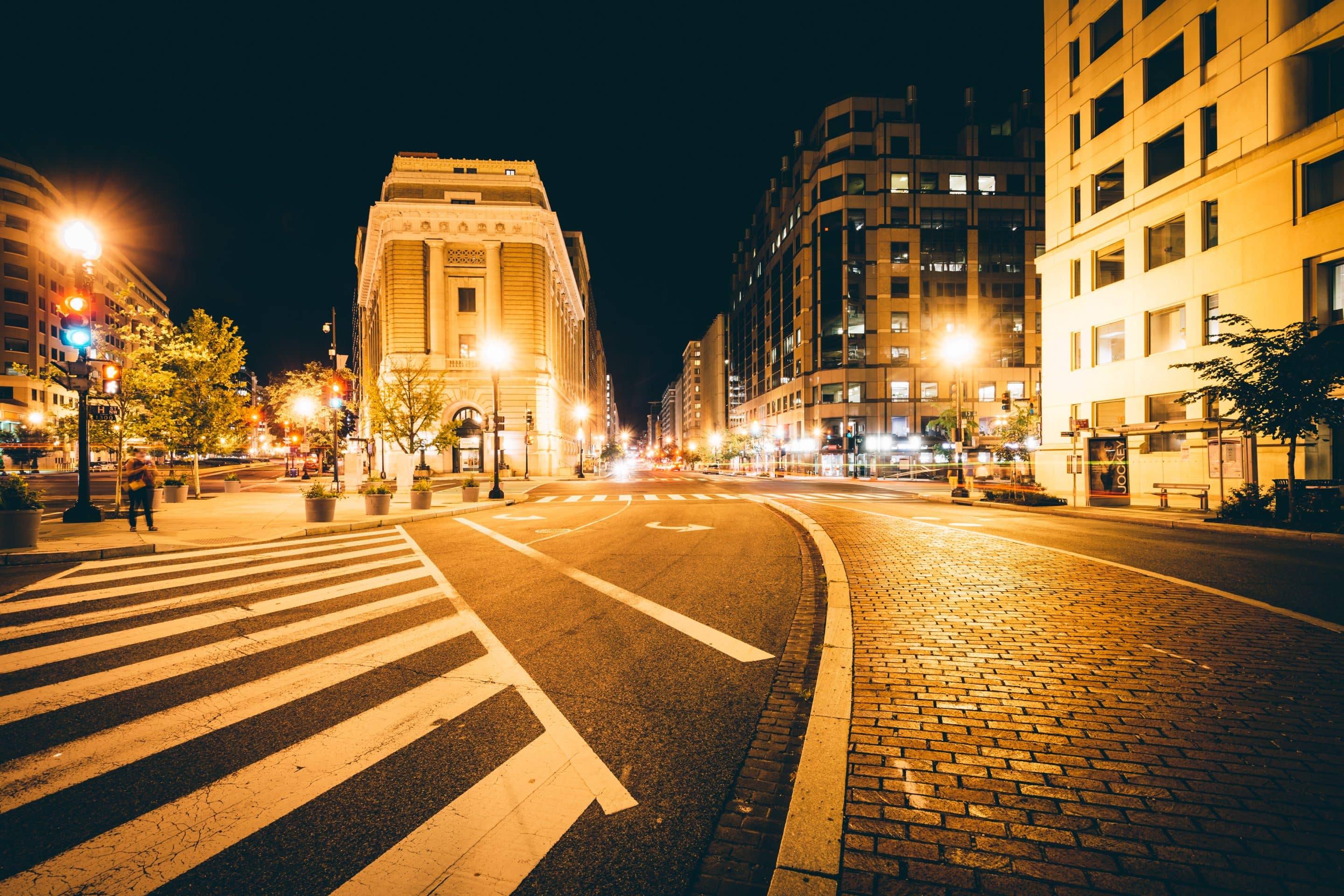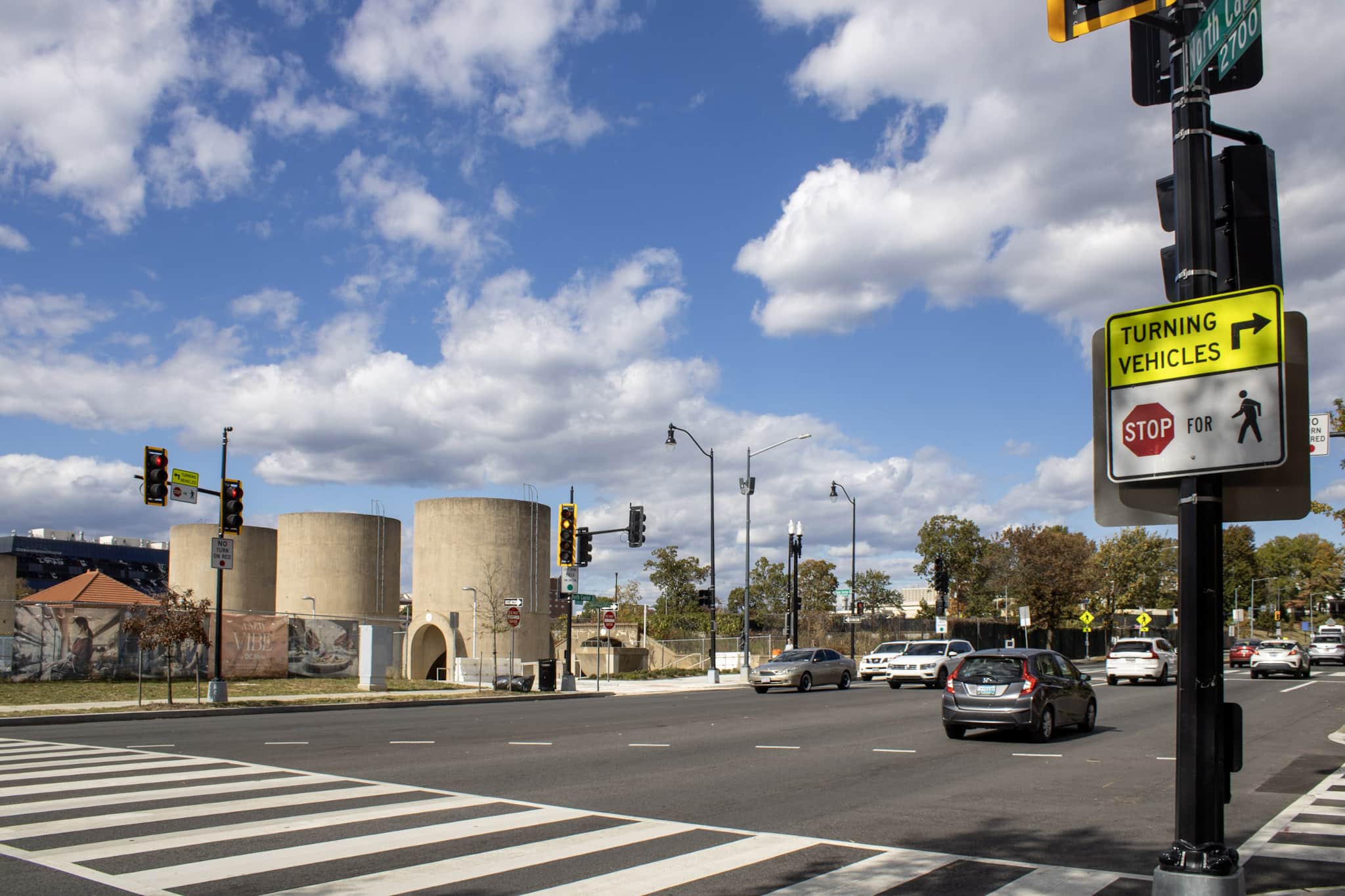
When Clocks Fall Back, Safety Suffers
As we set our clocks back this fall, we gain an extra hour of sleep—but lose something far more critical: evening daylight during the busiest travel times. This seemingly simple time change has profound implications for pedestrian and cyclist safety, with crash data showing a concerning spike in fatalities among vulnerable road users during the weeks following the end of Daylight Saving Time.
The Darkness Factor
When Daylight Saving Time ends, the evening commute is suddenly plunged into darkness. Research analyzing decades of crash data reveals a stark reality: pedestrian fatalities can increase by 200-300% during the evening hours immediately following the fall time change. One study examining 11 years of U.S. crash data found pedestrian fatalities were 3-7 times more likely in darkness compared to daylight conditions, depending on the location and circumstances (Sullivan & Flannagan, 2002).
The numbers tell a sobering story. In the two weeks after we “fall back,” fatal pedestrian crashes in the evening hours jump dramatically—from around 65 crashes per week during daylight conditions to over 225 crashes per week in darkness (Sullivan & Flannagan, 2002). For cyclists, biking at night more than doubles their risk of an accident and puts riders at a higher risk of serious injuries (Beckers et al., 2025). This translates to hundreds of preventable deaths annually.
Why Is Evening Darkness So Dangerous?
The answer lies in how we adapt—or fail to adapt—to changing conditions. During the spring transition to Daylight Saving Time, drivers gradually adjust to darker mornings over several months. But the fall transition happens abruptly, catching everyone off guard.
Most evening commuters travel familiar routes and may not consciously adjust their behavior when darkness arrives earlier. Pedestrians wearing dark clothing become nearly invisible until it’s too late. Research shows that drivers consistently overestimate their ability to see pedestrians in low-light conditions, often traveling at speeds that exceed their actual stopping capability in darkness (Sullivan & Flannagan, 2002).
Studies have shown that even the perception of less safety and more risk discourages after-dark cycling among many riders – including women, seniors, and recreational riders who may not have a regular route (Beckers et al., 2025). Interestingly, cycling with children actually increases the odds of riding in the dark, for those families who regularly commute together before and after school (Beckers et al., 2025).
The risk is particularly acute on unlit roads. Studies found that on dark, straight, high-speed rural roads, pedestrian crashes occurred at 5-7 times the rate compared to similar daylight conditions (Sullivan & Flannagan, 2002). Intersections showed somewhat lower but still significant increases—pedestrians were 2.5-4.7 times more likely to be struck in darkness.

The intersection of H Street and New York Avenue at night
What About Other Road Users?
Interestingly, the time change shows far less impact on vehicle-only crashes. Single-vehicle run-off-road crashes on curved roads—which might seem like perfect candidates for lighting-related increases—showed minimal sensitivity to the daylight shift (Sullivan & Flannagan, 2002). Why? Drivers receive continuous visual feedback about their lane position from road markings, even in darkness, and can adjust their speed accordingly. But there’s little feedback warning drivers they’re traveling too fast to avoid an unexpected pedestrian or cyclist until it’s too late.
Practical Tips for Staying Safe
For Drivers:
- Slow down: Your headlights illuminate less distance than you think; drive at speeds that allow you to stop within that visible range
- Use high beams responsibly: When no oncoming traffic is present, high beams dramatically improve pedestrian detection distance
- Eliminate distractions: Put phones away and focus entirely on the road during evening hours
- Clean your windshield and headlights: Dirty glass and lenses significantly reduce visibility
- Anticipate pedestrians: Be especially vigilant near schools, bus stops, crosswalks, and residential areas during evening hours
For Pedestrians and Cyclists:
- Be conspicuous: Wear reflective clothing, shoes, or accessories. Consider a reflective vest, ankle bands, or clip-on lights
- Light up: Use front white lights and rear red lights or reflectors, even if you’re just crossing the street
- Cross at marked locations: Use crosswalks and pedestrian signals where available
- Make eye contact: Ensure drivers see you before crossing
- Stay alert: Put down your phone when crossing streets
A Policy Perspective
These safety concerns often reignite debates about eliminating the twice-yearly time changes altogether. While some advocate for permanent Daylight Saving Time to maintain brighter evenings year-round, others prefer permanent Standard Time for brighter winter mornings. A systematic review of the evidence concluded that while short-term effects around time changes are inconsistent, the sensitivity of pedestrians and cyclists to changing ambient light conditions strongly supports the need for improved infrastructure and vehicle technology (Carey & Sarma, 2017).
These safety concerns often reignite debates about eliminating the twice-yearly time changes altogether. While some advocate for permanent Daylight Saving Time to maintain brighter evenings year-round, others prefer permanent Standard Time for brighter winter mornings. A systematic review of the evidence concluded that while short-term effects around time changes are inconsistent, the sensitivity of pedestrians and cyclists to changing ambient light conditions strongly supports the need for improved infrastructure and vehicle technology (Carey & Sarma, 2017).
The data suggests that whatever we choose, consistency matters more than which time we select—it’s the abrupt transitions that catch everyone off-guard. Recent analysis of 10 years of U.S. crash data confirmed that fatal crashes among pedestrians and bicyclists increase by 13% after the fall time change and decrease by 24% after the spring change (Woods et al., 2025).
Until policy catches up with safety research, the responsibility falls on all of us. As darkness arrives earlier this fall, take a moment to adjust your habits—whether you’re behind the wheel or on foot. Those extra few seconds of caution could save a life.
As transportation planners and engineers, Gorove Slade advocates infrastructure solutions—better street lighting, marked crosswalks, protected bike lanes, and pedestrian-friendly design—but behavior change begins with awareness. Stay safe out there as the days grow shorter.
—–
References:
Beckers, C., Casier, C., & Witlox, F. (2024). Shedding light on cycling in the dark: Some evidence from Flanders (Belgium). Transport Policy, 154, 120–128.
Carey, R.N., & Sarma, K.M. (2017). Impact of daylight saving time on road traffic collision risk: a systematic review. BMJ Open, 7(6), e014319.
Sullivan, J.M., & Flannagan, M.J. (2002). The role of ambient light level in fatal crashes: inferences from daylight saving time transitions. Accident Analysis & Prevention, 34(4), 487-498.
Woods, A.N., Weast, R.A., & Monfort, S.S. (2025). Daylight saving time and fatal crashes: The impact of changing light conditions. Journal of Safety Research, 93, 200-205.
